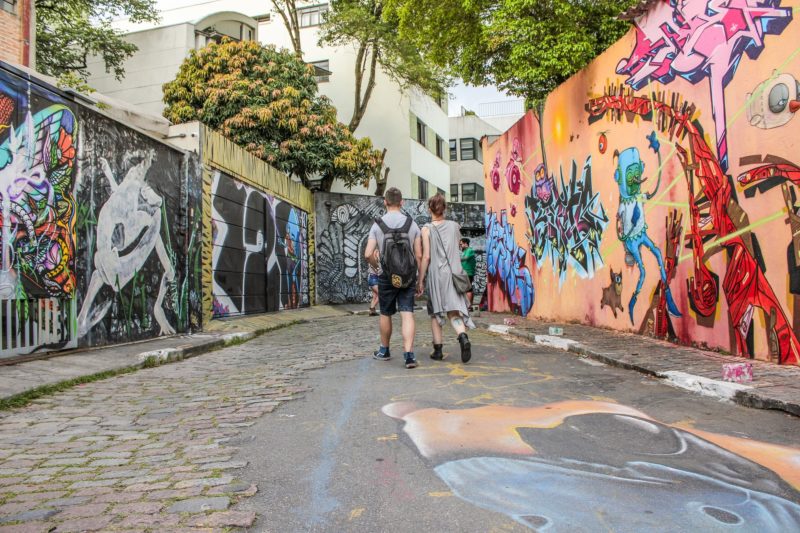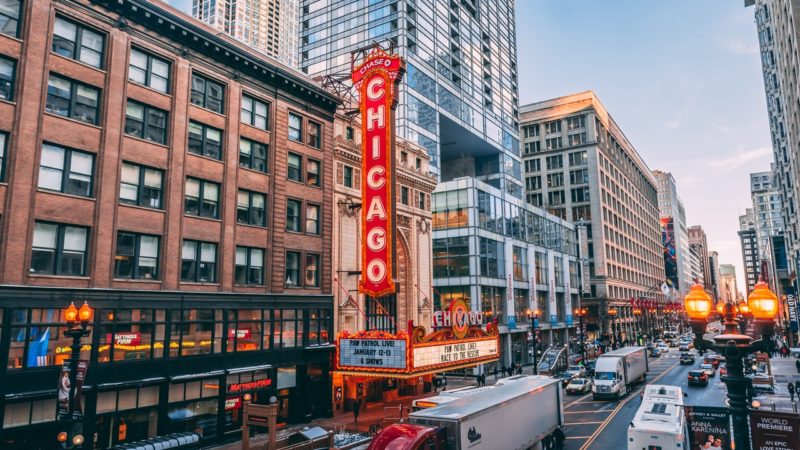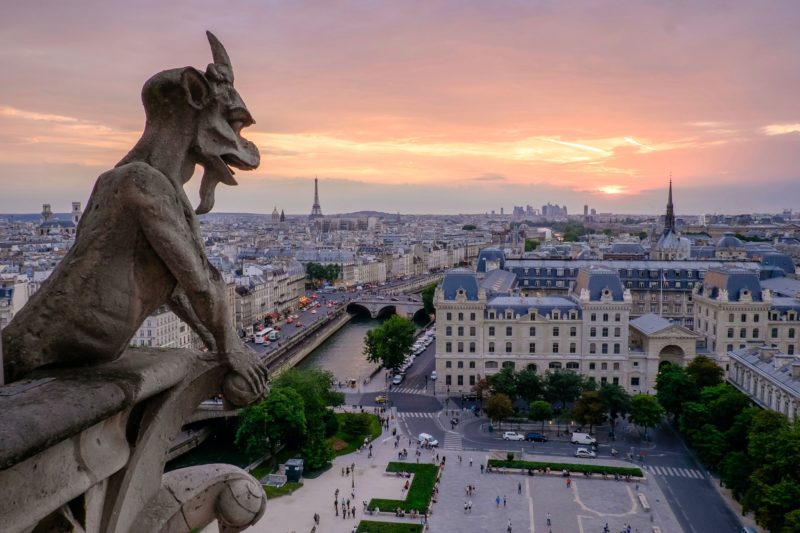Overtourism is a term used to describe a situation where an excessive number of tourists visit a particular destination, leading to negative impacts on the environment, local communities, and the overall quality of the tourist experience. This phenomenon has become increasingly prevalent in recent years, with popular tourist destinations around the world struggling to cope with the influx of visitors. In this article, we will delve into the causes, effects, and potential solutions to the global issue of overtourism.
History of overtourism
While the term ‘overtourism’ has gained prominence in the last decade, the concept has existed for much longer. Throughout history, various tourist destinations have faced similar challenges, with the growth of the travel industry and increasing accessibility to previously remote areas. For example, during the 19th century, popular European destinations such as Rome, Paris, and London experienced a surge in visitors, leading to overcrowding and congestion. However, the scale of the problem has expanded significantly in the 21st century, fueled by factors such as globalization, technological advancements, and a rapidly growing middle class in emerging economies.
Scope of the problem
Overtourism is not limited to a specific region or type of destination. It affects both urban and rural areas, cultural and natural sites, as well as developed and developing countries. The problem has become so pervasive that the United Nations World Tourism Organization (UNWTO) has identified overtourism as one of the major challenges facing the global tourism industry today. The organization estimates that international tourist arrivals have increased from 25 million in 1950 to over 1.4 billion in 2019, highlighting the immense growth in global tourism and the potential for overtourism to occur in various destinations worldwide.
Causes of Overtourism
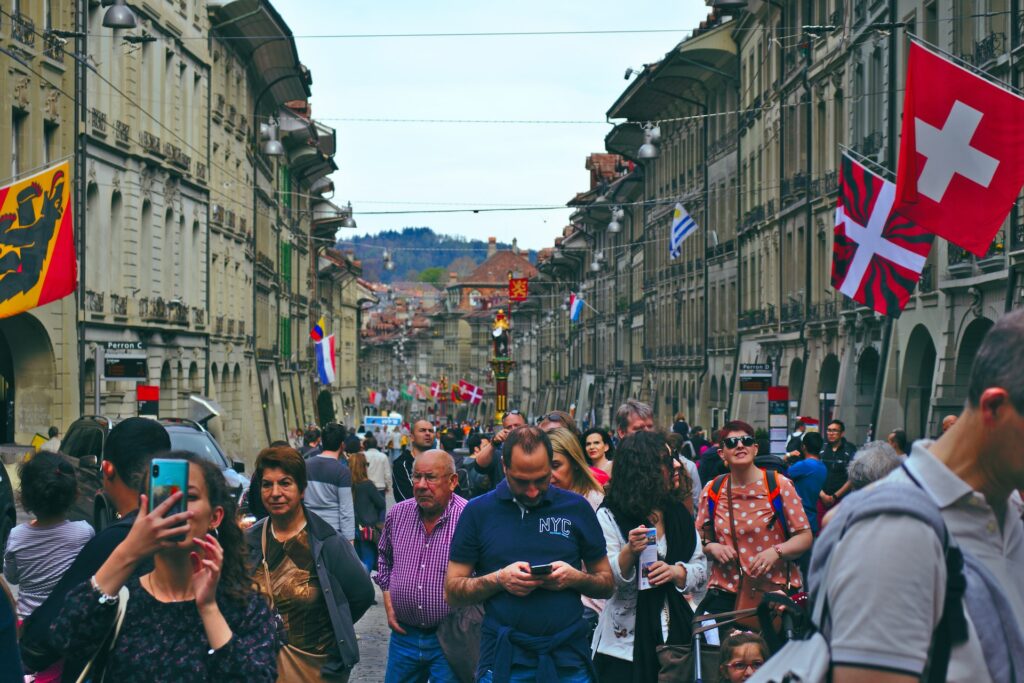
Economic drivers
Economic factors play a significant role in contributing to overtourism. The growth of the global economy, particularly in emerging markets, has led to an increase in disposable income for many people. This, combined with the relative affordability of travel, has made it easier for more individuals to take vacations and explore new destinations. Additionally, local and national governments often view tourism as a critical source of revenue, encouraging the development of infrastructure and attractions to attract more visitors. This focus on tourism-driven economic growth can sometimes lead to a disregard for the potential negative consequences of mass tourism.
Travel industry growth
The travel industry has also evolved rapidly in recent years, with new technologies and business models making it more accessible and affordable for a broader range of people. The rise of low-cost airlines, online booking platforms, and the sharing economy (e.g., Airbnb) have all contributed to the increase in tourist numbers. These innovations have made it easier for people to travel more frequently and to destinations that were once considered off the beaten path.
Social media and influencers
The influence of social media and travel influencers cannot be underestimated when discussing the causes of overtourism. Platforms such as Instagram, Facebook, and YouTube have become powerful tools for promoting travel and showcasing popular tourist destinations. Influencers often share images and videos of their experiences, inspiring their followers to visit the same locations. This, in turn, can lead to an influx of tourists all seeking to recreate the same experiences, ultimately contributing to overcrowding and strain on local resources.
Government policies
Government policies can also contribute to overtourism, either directly or indirectly. For instance, some governments promote tourism aggressively, offering incentives to attract foreign visitors, airlines, and investors. While these policies can boost local economies, they may inadvertently lead to an unsustainable influx of tourists. Additionally, weak regulations and poor enforcement of existing rules, such as building codes or environmental protection laws, can exacerbate the negative effects of overtourism.
Effects of Overtourism
Environmental impact
Ecosystem degradation

Overtourism can have severe consequences for the environment, particularly in ecologically sensitive areas. The excessive number of visitors can lead to habitat destruction, pollution, and the overuse of resources such as water and energy. For example, fragile ecosystems like coral reefs may suffer from physical damage caused by excessive snorkeling or diving activities. Similarly, protected natural areas can experience soil erosion and vegetation loss due to the high volume of foot traffic.
Pollution and waste
The massive influx of tourists also generates significant amounts of pollution and waste. Increased air and noise pollution from transportation, littering, and inadequate waste management systems can have detrimental effects on the environment and the quality of life for local communities.
Socio-cultural impact
Displacement of local communities
Overtourism can also have profound socio-cultural impacts on local communities. As the demand for tourist accommodation and attractions increases, property prices may rise, forcing local residents to move to more affordable areas. This displacement can lead to the loss of traditional neighborhoods and the disruption of community life.
Cultural erosion
The influx of tourists can also contribute to the erosion of local cultures and traditions. As communities cater to the demands of international visitors, they may adopt practices and values that are more aligned with tourist expectations. This cultural homogenization can result in a loss of cultural identity and the dilution of unique customs and practices.
Economic impact
Unsustainable growth
While tourism can be an essential source of revenue for many destinations, overtourism can lead to unsustainable economic growth. The rapid increase in tourism-related businesses can result in an oversupply of services, causing a decline in the quality of the offerings and the overall tourist experience. Furthermore, an overreliance on tourism can make local economies vulnerable to external factors, such as economic downturns or natural disasters.
Dependency on tourism
Overtourism can also create a dependency on the tourism industry, which can be detrimental to the long-term economic health of a destination. As local businesses cater primarily to the needs of tourists, they may neglect other sectors, such as agriculture or manufacturing. This dependency can make local economies more susceptible to fluctuations in tourist numbers and limit their ability to diversify and adapt to changing market conditions.
Popular Overtourism Destinations
Venice, Italy
Venice, with its famous canals and historic architecture, has long been a popular tourist destination. However, the city has been struggling with the impacts of overtourism, including environmental degradation, damage to historic structures, and the displacement of local residents. In response, authorities have implemented various measures, such as limiting the number of cruise ships and imposing tourist taxes, to help mitigate the issue.
Barcelona, Spain
Another European city heavily affected by overtourism is Barcelona. Known for its stunning architecture, vibrant culture, and beautiful beaches, the city has experienced a significant increase in tourist numbers in recent years. The negative effects include overcrowding, increased living costs for locals, and the erosion of the city’s unique character. Authorities have taken steps to address the issue, such as implementing stricter regulations on short-term rentals and promoting less-visited neighborhoods.
Dubrovnik, Croatia

Dubrovnik, a UNESCO World Heritage site, has also faced the challenges of overtourism. The city’s popularity skyrocketed after it became a filming location for the popular TV series “Game of Thrones.” The influx of visitors has put a strain on the city’s infrastructure and environment, leading authorities to limit the number of daily visitors to the historic city center and implement other measures to manage the situation.
Santorini, Greece
Santorini, a picturesque Greek island known for its stunning sunsets and iconic blue-domed churches, has also become a prime example of overtourism. The island’s popularity, fueled by social media and the cruise industry, has led to overcrowding, environmental issues, and strains on local resources. To address these challenges, the local government has introduced measures such as limiting the number of cruise ship passengers allowed to disembark each day and promoting sustainable tourism initiatives.
Machu Picchu, Peru
Machu Picchu, the famous Incan citadel in the Andes Mountains, is another destination grappling with overtourism. The site’s popularity has resulted in overcrowding, damage to the ancient structures, and environmental degradation. In response, the Peruvian government has implemented measures like entry restrictions, timed ticketing systems, and mandatory use of local guides to protect the site and ensure a better visitor experience.
Strategies to Combat Overtourism
Government regulations and policies
Limiting tourist numbers
One approach to addressing overtourism is for governments to implement regulations that limit the number of tourists allowed to visit specific destinations. This can be done through measures like timed entry, visitor quotas, or caps on the number of accommodations available in a given area.
Promoting off-peak travel
Encouraging tourists to visit during off-peak seasons can also help alleviate the strain on popular destinations. This can be achieved through targeted marketing campaigns, discounted pricing, or offering unique experiences that are exclusive to off-peak periods.
Sustainable tourism practices
Ecotourism
Ecotourism, which focuses on environmentally responsible travel and the preservation of natural and cultural heritage, can be an effective way to counteract overtourism. By promoting ecotourism, destinations can attract responsible tourists who are more likely to contribute positively to local communities and minimize their impact on the environment.
Community-based tourism
Community-based tourism (CBT) is another sustainable approach that can help address overtourism. CBT emphasizes the involvement of local communities in tourism planning and development, ensuring that the benefits of tourism are shared more equitably. This approach can also help preserve local culture and traditions while providing alternative sources of income for residents.
Travel industry responsibility
5.3.1. Marketing lesser-known destinations
The travel industry can play a crucial role in combating overtourism by promoting lesser-known destinations that have the capacity to absorb more visitors. By diversifying their offerings, travel companies can help distribute the flow of tourists more evenly and alleviate pressure on popular destinations.
Encouraging responsible travel
The travel industry can also promote responsible travel practices by educating tourists about the potential negative impacts of their actions and encouraging them to adopt sustainable behaviors. This can include providing information on local customs and etiquette, promoting eco-friendly accommodations, and encouraging tourists to support local businesses.
Role of Travelers in Preventing Overtourism
Mindful travel planning
Travelers can contribute to the prevention of overtourism by being mindful of their travel choices. This includes researching alternative destinations, avoiding peak travel seasons, and considering the potential impacts of their visit on local communities and the environment.
Supporting local businesses
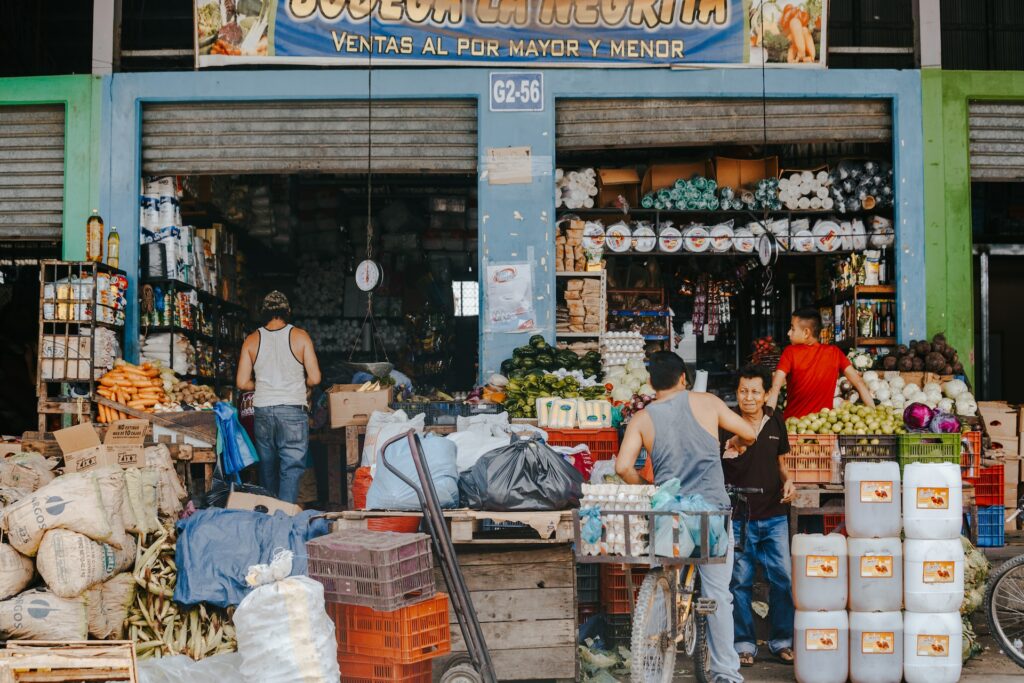
By choosing to support local businesses, travelers can help distribute the economic benefits of tourism more equitably and reduce the negative effects of overtourism. This can include dining at locally-owned restaurants, shopping at local markets, and staying at accommodations owned by residents.
Respecting local customs and culture
Respecting local customs and culture is an essential aspect of responsible tourism. Travelers should make an effort to learn about the traditions and norms of the destinations they visit and act in a manner that is respectful and considerate of local values.
Conclusion
The future of tourism and overtourism
As the global tourism industry continues to grow, addressing the issue of overtourism is crucial to ensuring the long-term sustainability of popular destinations. By implementing a combination of government policies, industry initiatives, and responsible travel practices, it is possible to mitigate the negative impacts of overtourism and promote a more sustainable form of tourism for future generations.
The importance of collaboration
Combating overtourism requires collaboration among all stakeholders, including governments, the travel industry, local communities, and tourists themselves. By working together to develop and implement effective strategies, we can preserve the unique qualities of popular destinations while ensuring that tourism remains a viable and sustainable industry.






















